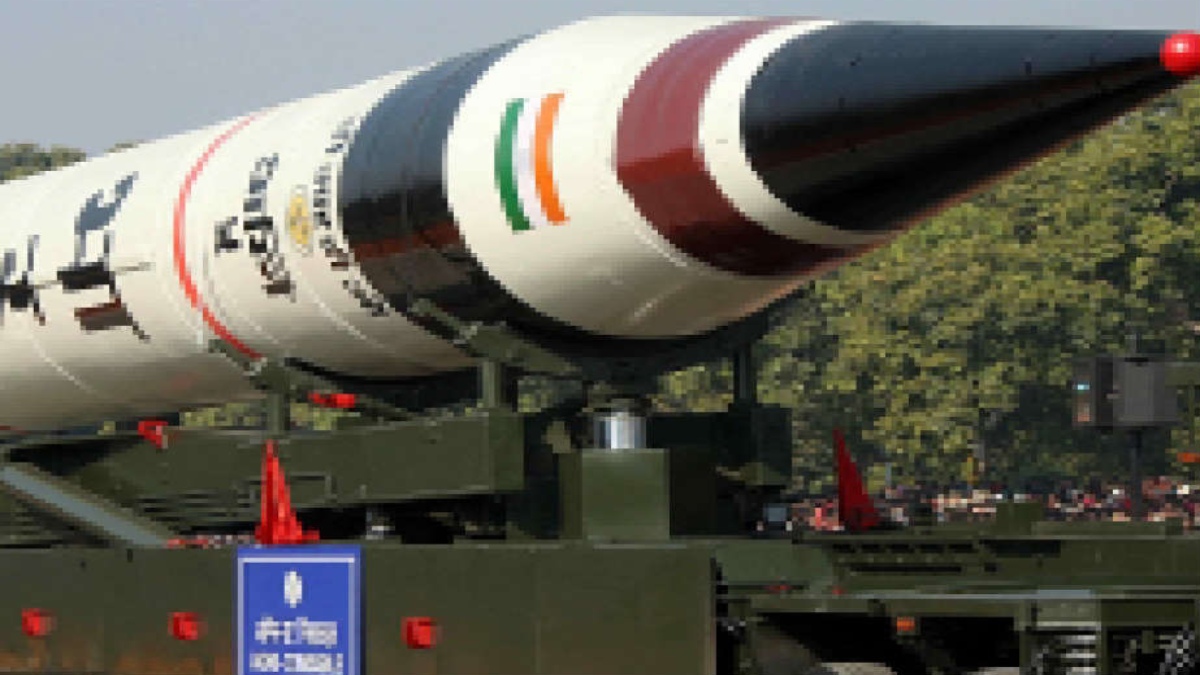India successfully test-fired surface-to surface ballistic nuclear missile, Agni-5, from the APJ Abdul Kalam Island off the coast of Odisha on Wednesday. In a strong message to its neighbouring country China, India launched the Agni-5 missile which uses a three-stage solid fuelled engine and is capable of striking targets at ranges up to 5,000 kilometres with a very high degree of accuracy.
The missile broadly falls into the category of Intercontinental Ballistic Missile. The launch took place at 7:50pm today. The successful test of Agni-5 is in line with India’s stated policy to have “credible minimum deterrence” that underpins the commitment to “No First Use.”
The induction of the Agni V missile will bring Beijing and many other Chinese cities within the range of Indian land-based nuclear weapons for the first time, establishing a credible nuclear deterrent. Chinese experts have claimed that the actual range of the missile could be around 8,000 km and suggest that India has “deliberately downplayed the missile’s capability in order to avoid causing concern to other countries”.
The latest test of the intercontinental ballistic missile comes amid reports of increased Chinese activity in the eastern sector of the Line of Actual Control. India and China have been locked in a stand-off in eastern Ladakh, in the western sector, since May last year.
The missile is the bedrock of India’s nuclear deterrent along with submarine-based nuclear missiles, which had not yet been tested to anywhere close to this range. Initially planned to be inducted in 2020 after the hat-trick pre-induction trials in 2018, the process was reportedly delayed due to Covid-19 pandemic that affected some important tests of the missile with multiple independently targetable reentry vehicles (MIRV). The mission had been planned close on the heels of the successful trial of Agni Prime missile, the first of the new class of Agni series of missiles, developed by DRDO. The three-stage solid-fuelled weapon with advanced guidance and new generation propulsion was fired with multiple independently targetable reentry warheads on 28 June.
Earlier, on 19 April 2012, the Agni V was successfully test-fired by DRDO from Wheeler Island off the coast of Orissa. The test launch was made from the Launch Complex 4 of the Integrated Test Range (ITR) at Wheeler Island using a rail-mobile launcher.






















